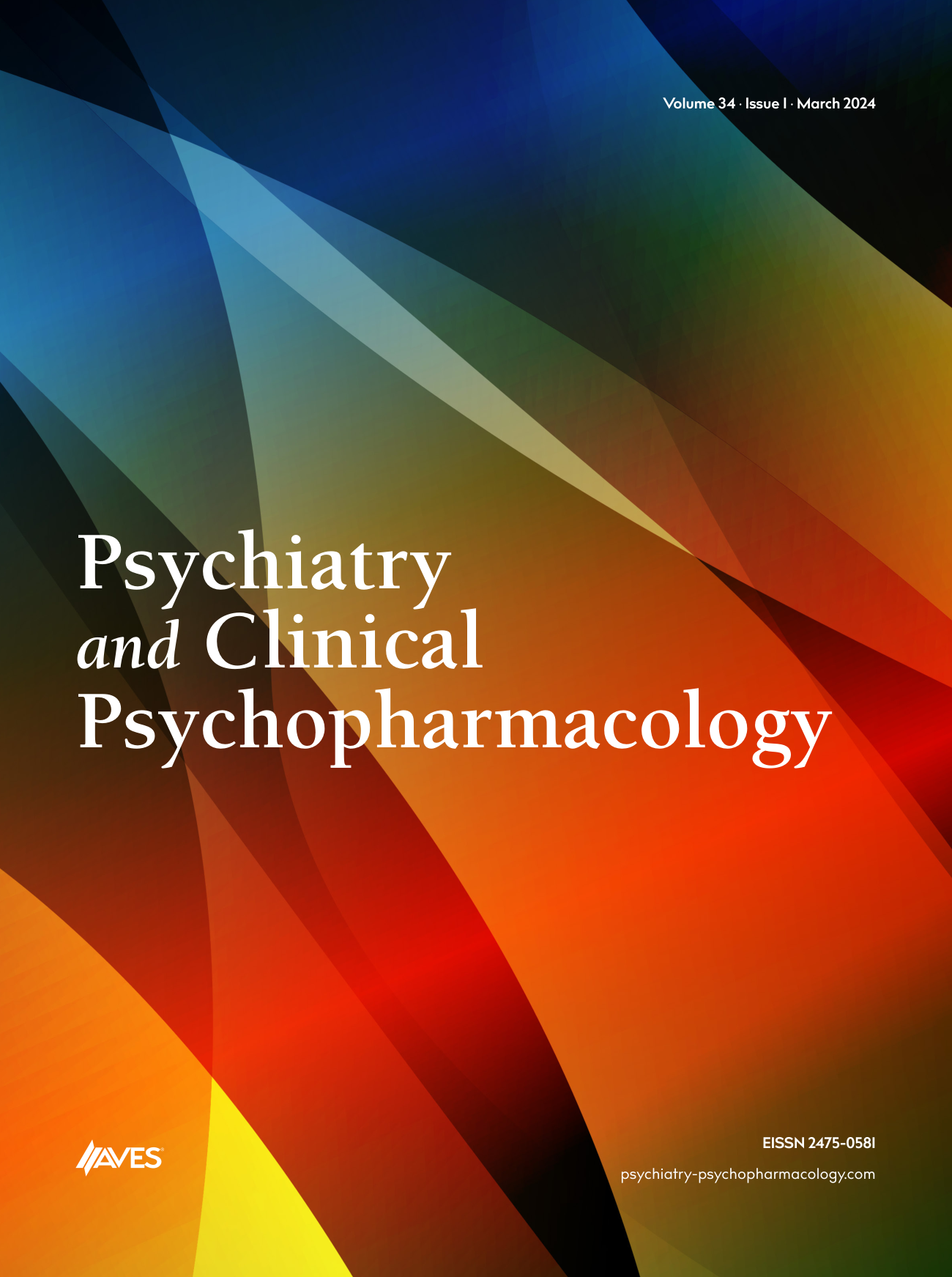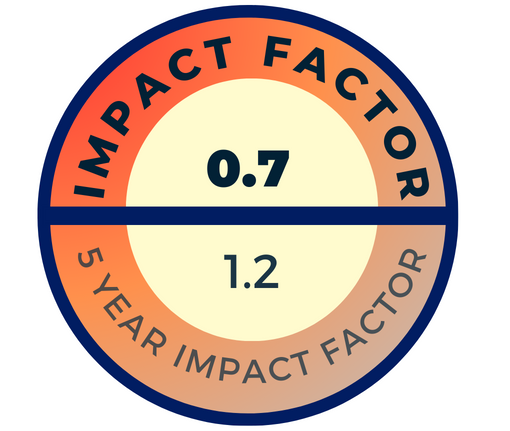Studies of light therapy for non-seasonal depression have a history at least as long as studies of seasonal affective disorder (SAD), but on the whole the results have been less clear-cut (Tuunainen et al., 2005). The APA work group found, within its selection, positive evidence for efficacy except when light therapy and medication were combined (Golden et al., 2005). Studies completed by the time of the present congress clearly would have reversed that conclusion (Benedetti et al., 2003; Martiny, 2004; Terman, 2006). The strategy has been recommended by the Committee on Chronotherapeutics of the International Society for Affective Disorders (Wirz-Justice et al., 2005) and in an international response (Wirz-Justice et al., 2004) to a review of new antidepressants that overlooked light therapy, published in Science (Wirz-Justice et al., 2004). A difficulty with most non-seasonal studies has been their inability to confront the early hypothesis that light therapy is specifically tuned to patients with SAD as a countermeasure to long winter nights. Seasonality lies on a continuous dimension from noticeable (but not disturbing) to mildly, moderately and severely disturbing (Terman, 1988). SAD falls into the latter category, with major depressive episodes restricted to winter. In a far larger number of cases, recurrent or chronic depressions are exacerbated in winter but can occur at any time of year. Such patients provide moderate global seasonality scores (Rosenthal et al., 1987) in comparison to higher scores for SAD. Thus, patients with non-seasonal depressions can still show seasonality, which might be the key to their response to light therapy. Subsequent to the aforementioned inconclusive meta-analysis of light therapy for non-seasonal depression (Tuunainen et al., 2005), some researchers conducted an investigation to clarify this issue with a patient sample in which depression was chronic and without any seasonal modulation (Goel et al., 2005). Under morning light therapy, the proportion of subjects with depression rating scale improvement of 50% or more was 0.60 vs. 0.10 for the low-output negative air ionizer placebo. Moreover, there are also very recent reports claiming that bright light therapy alone is effective in some patient groups with non-seasonal major depression (Kripke, 2011a; Kripke, 2011b; Martiny, 2011). Now, we can begin to surmise that light therapy for seasonal and non-seasonal depression is equally effective. Perhaps the patients with non-seasonal depression are light deprived at any time of year, and this situation results in exacerbation of circadian rhythm phase delay, given the absence of the critical early morning light signal that synchronizes the internal clock to local time. Such delay may be depressogenic regardless of the season. However, the growing concern about medication side effects would seem to fit well for our old-new alternative (Terman, 2007).



